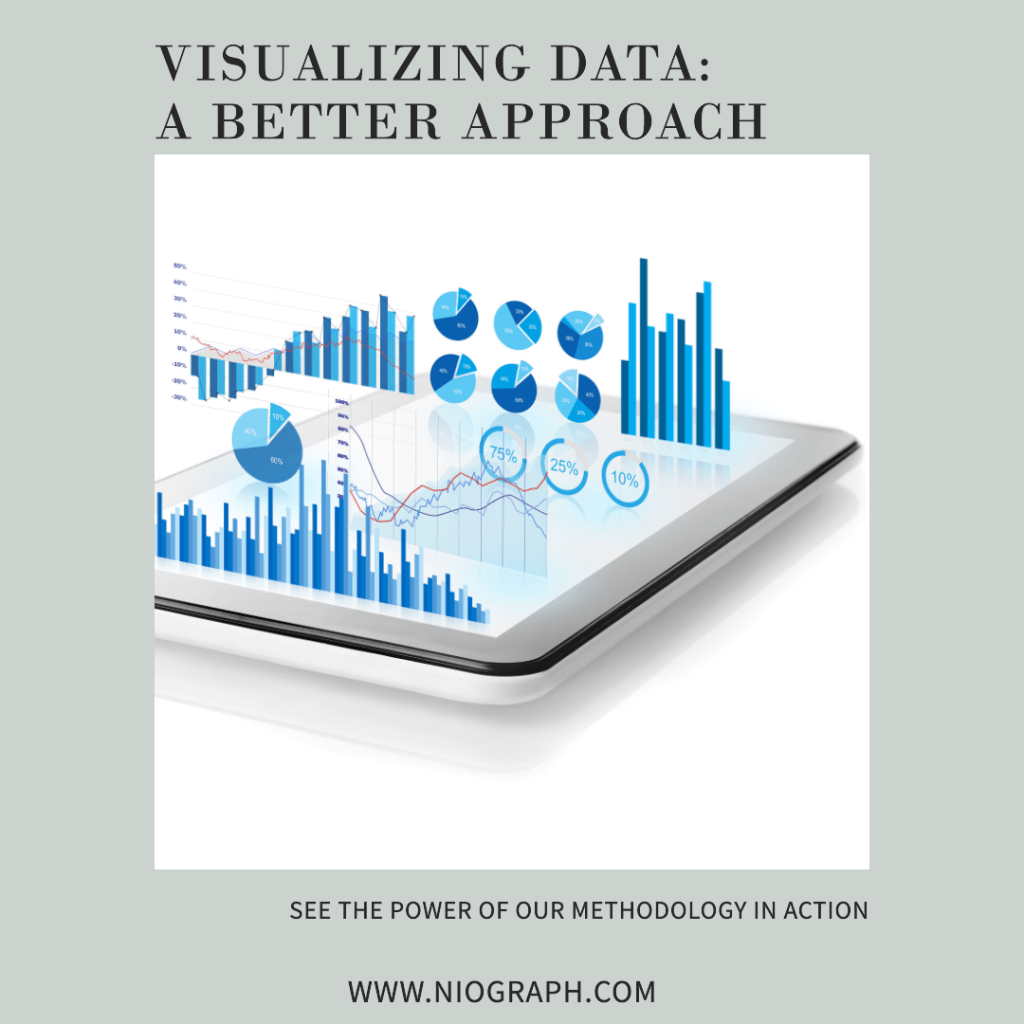Approach and Methodology to execute a data visualization project

- Define project objectives: Start by clearly defining the objectives of your data visualization project. Understand what insights or messages you want to convey through visualizations. Identify Stakeholders and define KPI which needs to be visualized.
- Identify data sources: Determine the data sources you will need to gather information from. This could include structured databases, spreadsheets, APIs, or even unstructured data like text or social media feeds.
- Data gathering and cleaning: Collect the required data from the identified sources. Clean and preprocess the data to ensure its quality and usability. This may involve removing duplicates, handling missing values, standardizing formats, and performing any necessary data transformations.
- Conduct exploratory data analysis (EDA): Perform an EDA to gain insights into the data and identify patterns, trends, or correlations. This step helps you understand the data better and determine which visualizations will best represent the information.
- Select appropriate visualization types: Based on the insights gained from the EDA and the project objectives, choose the appropriate visualization types to represent the data effectively. This could include bar charts, line graphs, scatter plots, heatmaps, treemaps, or more advanced visualizations like network diagrams or geographic maps.
- Design the visualizations: Create a visual design plan for each selected visualization type. Consider factors such as color schemes, fonts, labels, and interactivity. The visualizations should be visually appealing, intuitive, and facilitate easy understanding of the underlying data.
- Implement the visualizations: Use a data visualization tool or programming libraries (e.g., D3.js, Tableau, matplotlib) to implement the selected visualizations. Ensure that the chosen tool supports the desired visualization types and customization options.
- Iterate and refine: Test the visualizations with sample data and gather feedback from stakeholders. Iterate on the design and make improvements based on the feedback received. Ensure that the visualizations accurately represent the intended insights and align with the project objectives.
- Integrate into a dashboard or presentation: If necessary, combine multiple visualizations into a comprehensive dashboard or presentation. This allows viewers to interact with the visualizations, explore different aspects of the data, and draw meaningful conclusions.
- Validate and verify: Validate the accuracy of the visualizations by cross-referencing them with the original data. Ensure that the visualizations are error-free and correctly reflect the underlying data.
- Communicate and share: Present the visualizations to the target audience, whether it’s stakeholders, clients, or the general public. Clearly communicate the insights and messages conveyed by the visualizations, using appropriate annotations, titles, and captions to guide viewers’ interpretation.
- Maintain and update: If the data visualization project is ongoing or requires periodic updates, establish a maintenance plan. Monitor the data sources for changes, update the visualizations as needed, and ensure the continued accuracy and relevance of the visualizations over time.
Unlock the power of data visualization with Niograph! Follow our proven approach and methodology to execute a successful data visualization project. Begin by defining your project objectives and identifying the relevant data sources. Gather and clean the data, then conduct exploratory data analysis to uncover insights. Select the appropriate visualization types and design visually appealing representations. Implement the visualizations using powerful tools like Tableau or D3.js. Iterate and refine based on feedback, ensuring accuracy and alignment with project objectives. Integrate visualizations into comprehensive dashboards or presentations for interactive exploration. Validate the visualizations, communicate insights effectively, and establish a maintenance plan for ongoing accuracy and relevance. Elevate your data storytelling with Niograph today!

